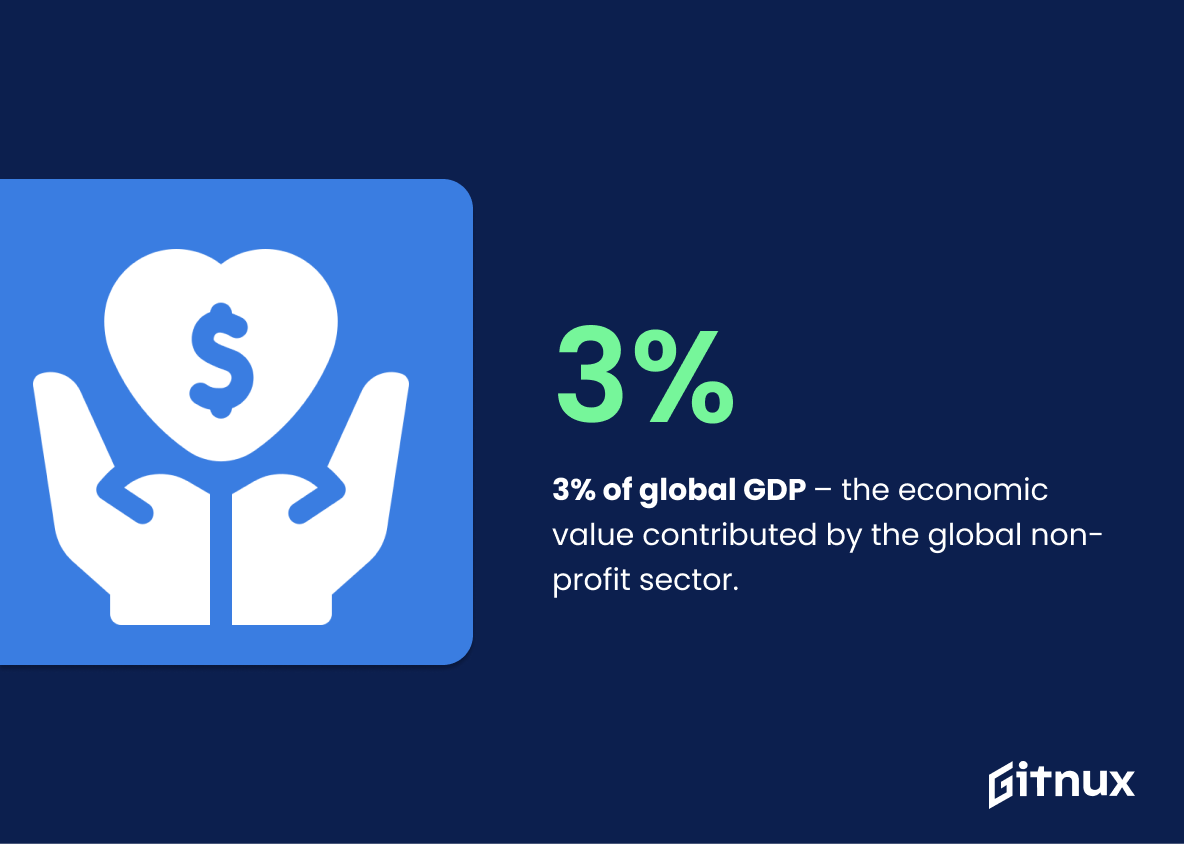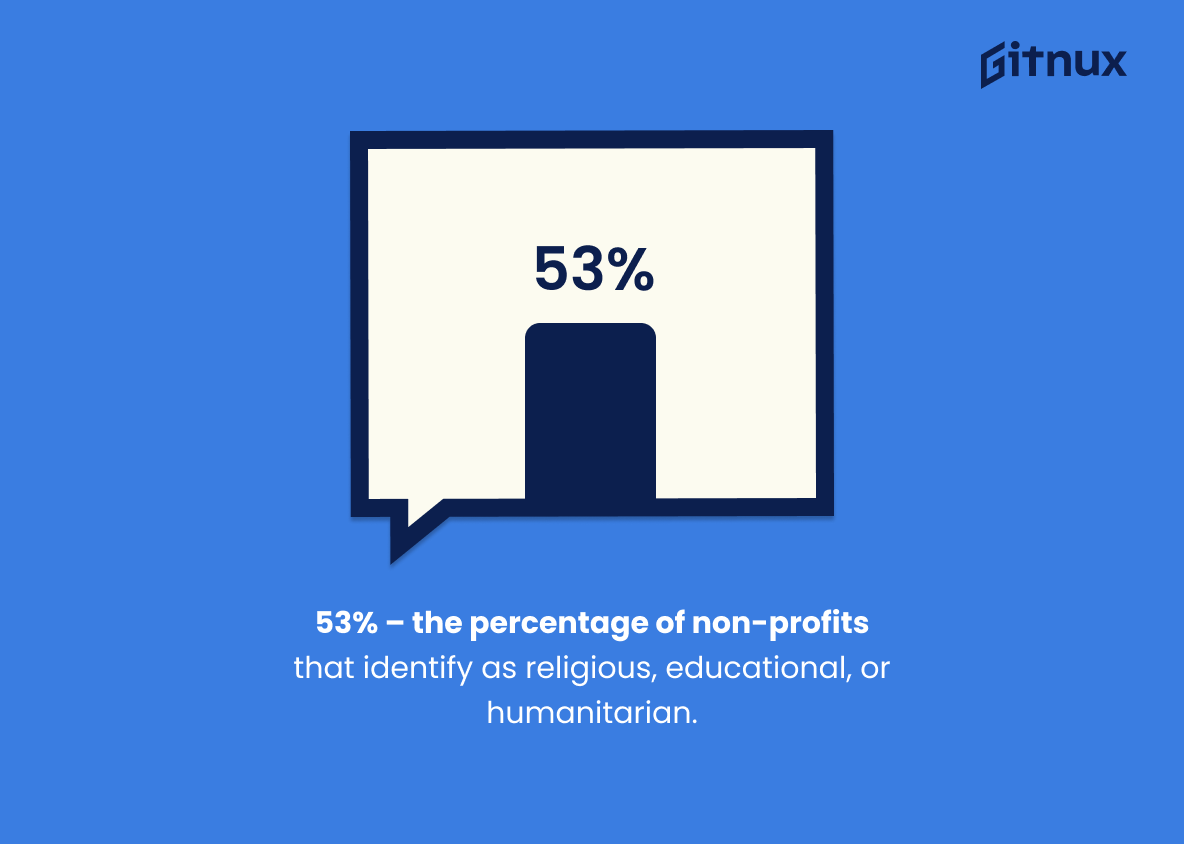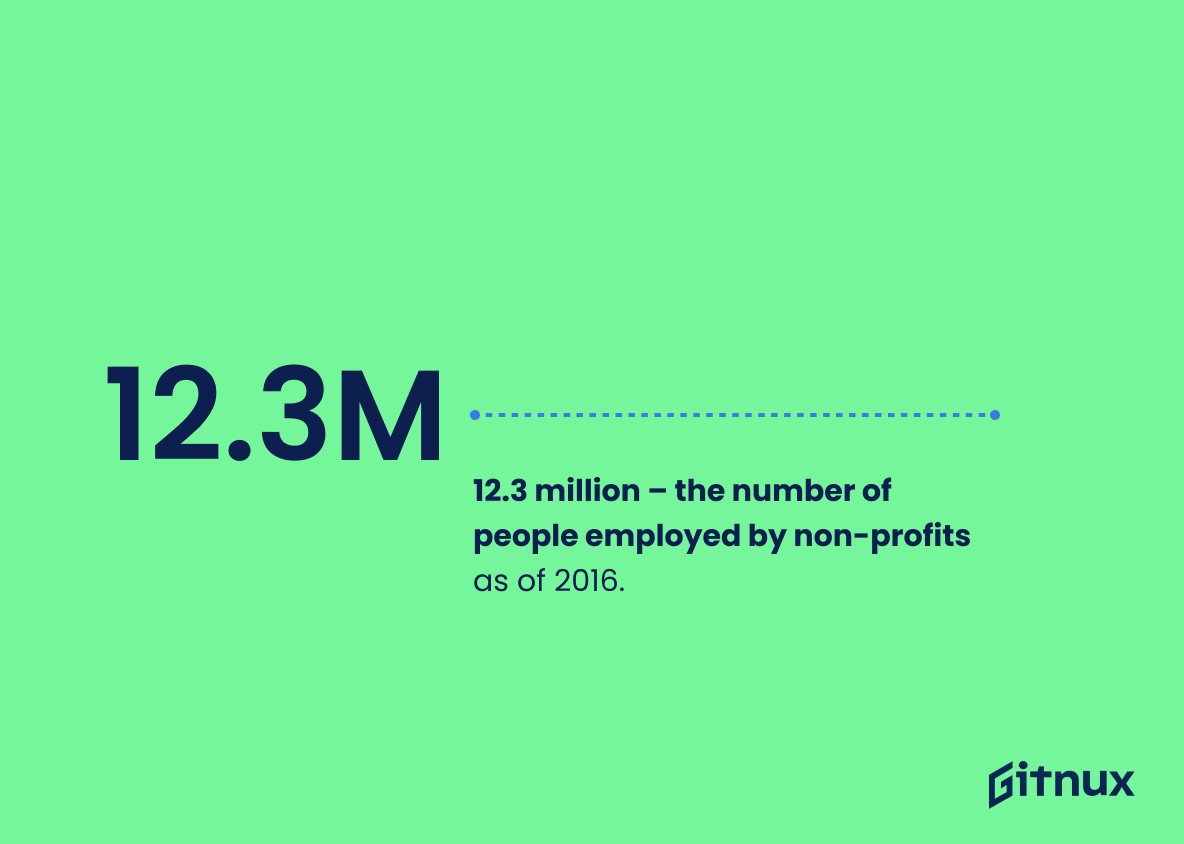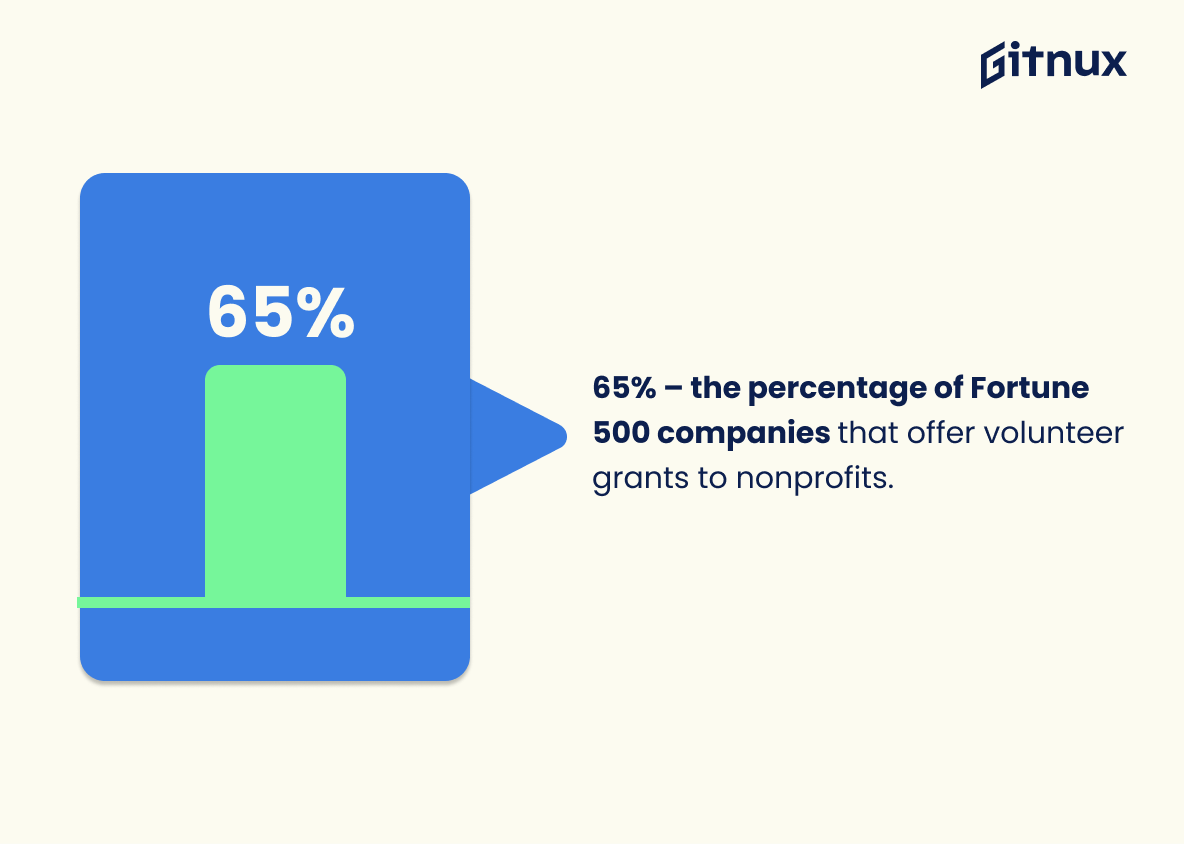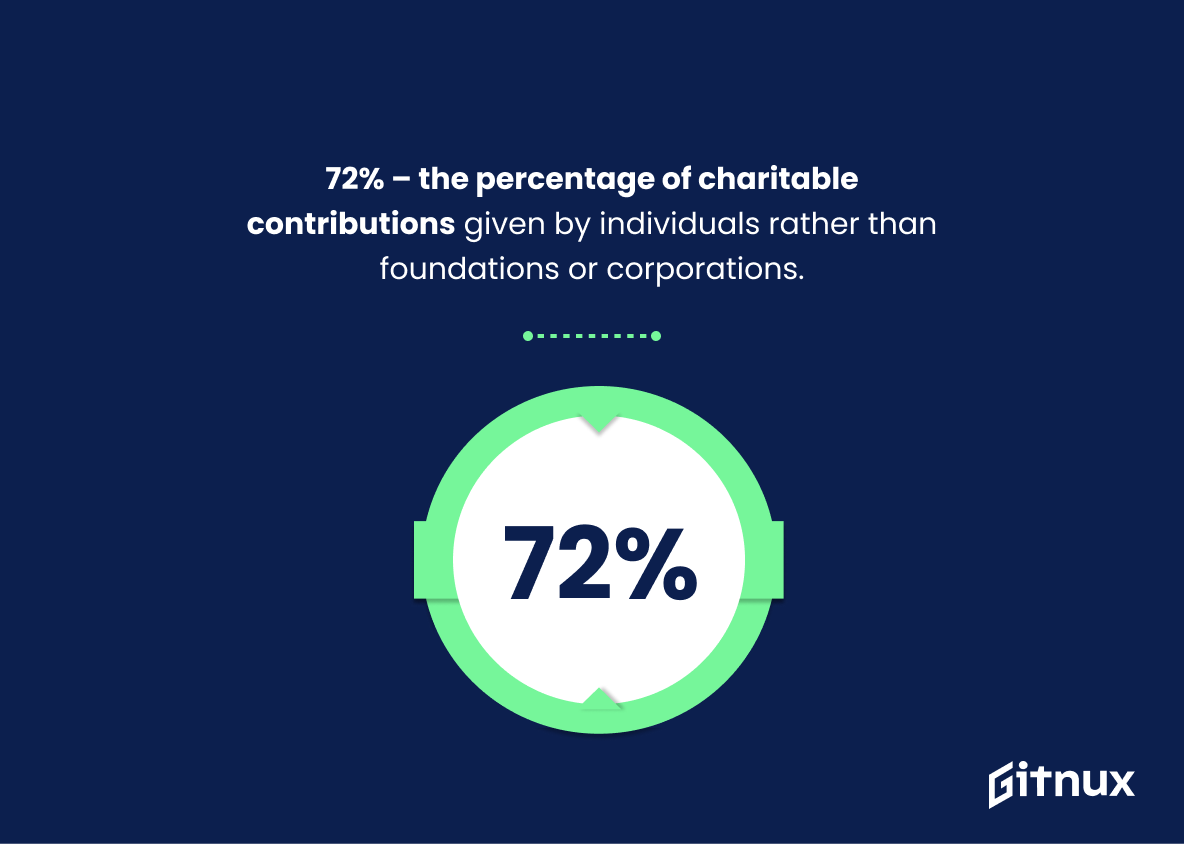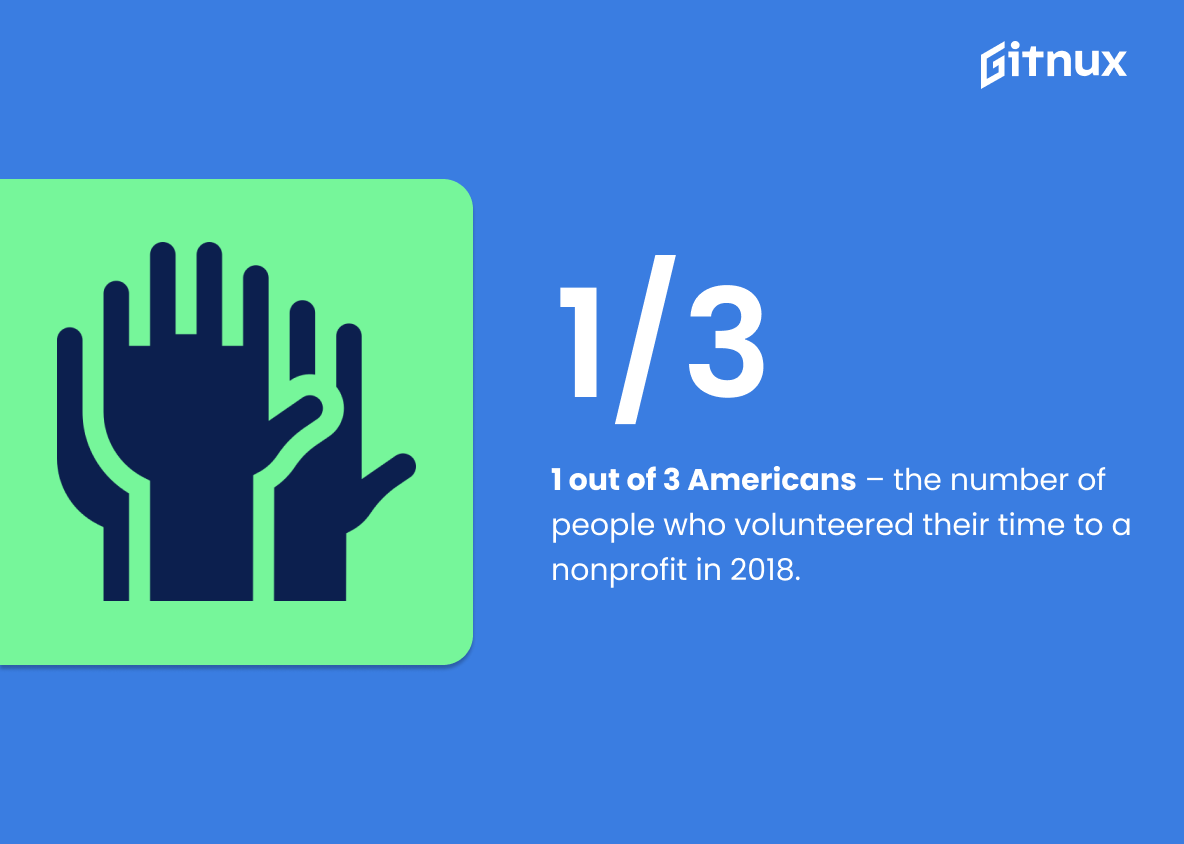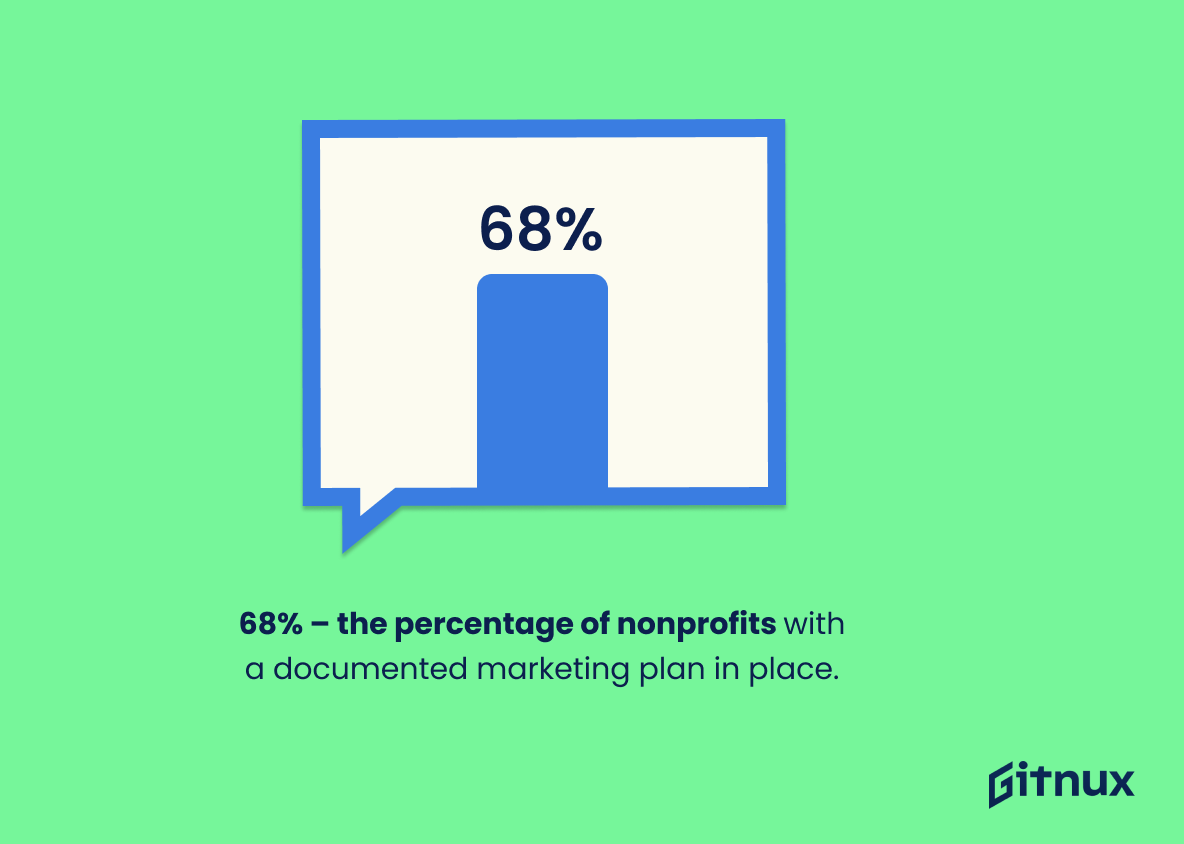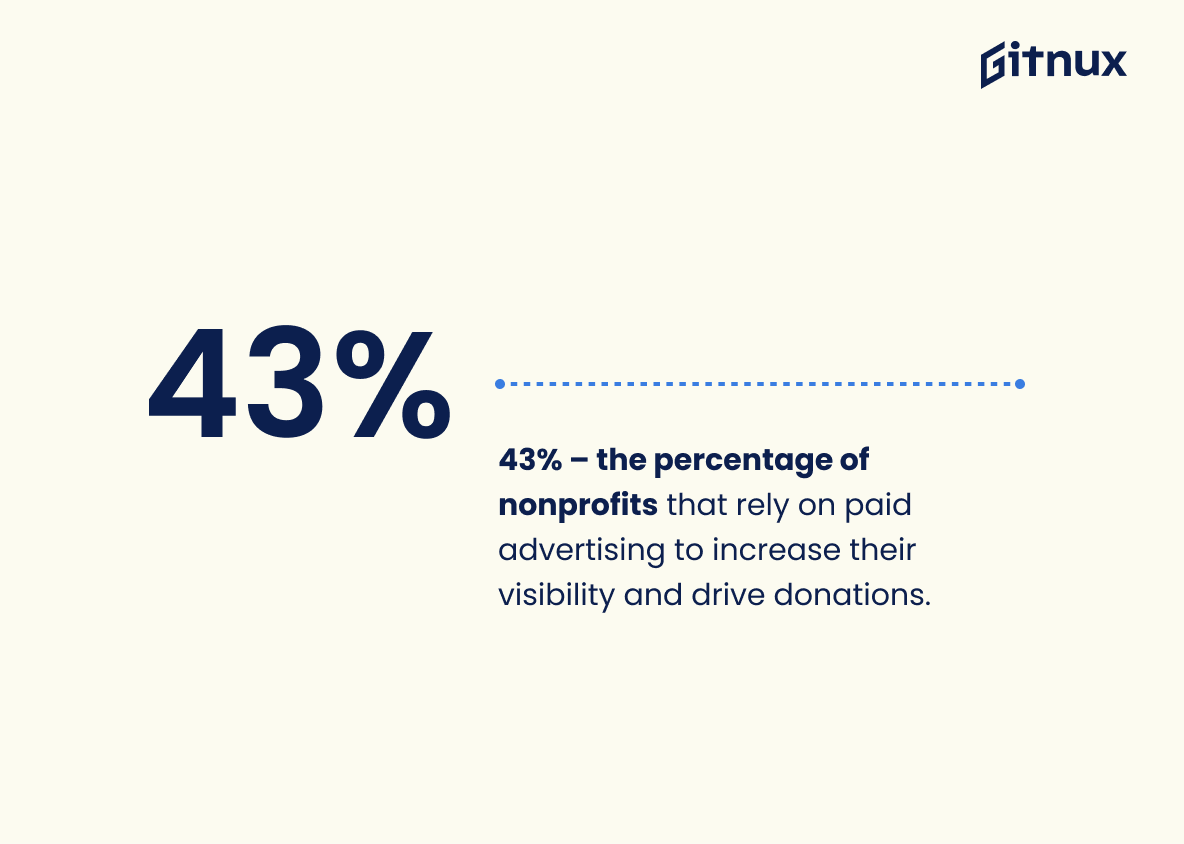Non-profit organizations are an integral part of our society, providing essential services and support to those in need. But how many non-profits exist? How much money do they generate? What percentage of people volunteer their time or donate money to them? These questions can be answered by looking at the statistics surrounding non-profit organizations. Here is a list of 20 interesting facts about the state of non-profits today:
1. There are 1.54 million registered nonprofit organizations in the United States (NCCS).
2. 33% have an operating budget under $100,000 (GlobalGiving).
3. 25% are located in California, New York, and Texas (Classy).
4. The global sector contributes 3% to global GDP (Non Profit Quarterly).
5
This statistic is a testament to the sheer magnitude of non-profit organizations in the United States. It speaks to the incredible impact these organizations have on our society, and the sheer number of people they are able to help. It is a powerful reminder of the importance of non-profit organizations and the work they do.
33% – the percentage of non-profit organizations with an operating budget of less than $100,000.
This statistic is a telling indication of the financial struggles that many non-profit organizations face. It highlights the need for increased support and resources for these organizations, as a large portion of them are operating on a limited budget. This statistic is an important reminder of the importance of supporting non-profit organizations and the need to ensure that they have the resources they need to continue their work.
Non Profit Organizations Statistics Overview
3% of global GDP – the economic value contributed by the global non-profit sector.
This statistic is a powerful reminder of the immense impact that Non Profit Organizations have on the global economy. It highlights the immense value that these organizations bring to the table, and the importance of their work in helping to drive economic growth and development. It also serves as a reminder of the importance of investing in these organizations, and the need to ensure that they are adequately supported and funded.
53% – the percentage of non-profits that identify as religious, educational, or humanitarian.
This statistic is a telling indication of the prevalence of religious, educational, and humanitarian non-profits in the sector. It highlights the importance of these organizations in providing services to those in need and the impact they have on society. It also serves as a reminder of the importance of supporting these organizations and the work they do.
12.3 million – the number of people employed by non-profits as of 2016.
This statistic is a powerful indicator of the impact non-profit organizations have had on the economy. It demonstrates the sheer number of people employed by non-profits, and the importance of their work in providing essential services to communities. It is a testament to the hard work and dedication of those employed by non-profits, and the positive impact they have had on society.
65% – the percentage of Fortune 500 companies that offer volunteer grants to nonprofits.
This statistic is a testament to the importance of Non Profit Organizations in the corporate world. It shows that a large majority of Fortune 500 companies recognize the value of giving back to the community and are willing to invest in the success of Non Profit Organizations. This statistic is a powerful reminder that Non Profit Organizations are an integral part of our society and that their work is appreciated and supported by the corporate world.
72% – the percentage of charitable contributions given by individuals rather than foundations or corporations.
This statistic is a testament to the power of individuals to make a difference in the world of non-profit organizations. It shows that individuals are the driving force behind charitable giving, and that their contributions are essential to the success of non-profit organizations. It also highlights the importance of individuals in the fight against poverty, inequality, and other social issues.
1 out of 3 Americans – the number of people who volunteered their time to a nonprofit in 2018.
This statistic is a powerful reminder of the impact that volunteering can have on Non Profit Organizations. It shows that a significant portion of the population is willing to give their time and energy to support these organizations, which is essential for their success. It also highlights the importance of encouraging more people to volunteer, as it can make a huge difference in the lives of those who benefit from the services provided by Non Profit Organizations.
68% – the percentage of nonprofits with a documented marketing plan in place.
Having a documented marketing plan in place is essential for any Non Profit Organization to be successful. Knowing that 68% of Non Profit Organizations have a documented marketing plan in place is a testament to the dedication and hard work that these organizations put into their mission. This statistic is a reminder that Non Profit Organizations are taking the necessary steps to ensure their success and reach their goals.
43% – the percentage of nonprofits that rely on paid advertising to increase their visibility and drive donations.
This statistic is a telling indication of the importance of paid advertising for Non Profit Organizations. It highlights the need for these organizations to invest in marketing and advertising in order to increase their visibility and drive donations. This is an important statistic to consider when discussing the effectiveness of Non Profit Organizations and their ability to reach their goals.
Conclusion
Non-profit organizations are an integral part of the US economy, with 1.54 million registered non-profits in the country and 12.3 million people employed by them as of 2016. These organizations have a wide range of budgets, from those with operating budgets under $100,000 to those that contribute 3% of global GDP through their economic value. The majority (53%) identify as religious, educational or humanitarian while 25% are located in California, New York and Texas alone.
In 2019 individuals gave 69% of total donations made in the United States to non-profit organizations amounting to $450 billion dollars – 73% higher than what was given ten years prior showing steady growth over time despite challenges faced due to COVID-19 this year. Donor retention rates for these nonprofits average 24%, however only 56 percent have websites which is why many rely on content marketing (45%), social media (89%) and paid advertising (43%). Additionally 65 percent receive volunteer grants from Fortune 500 companies making it easier for them to reach their goals while 72 percent come directly from individual donors who also volunteered one out three times last year according to BLS statistics . Nonprofits can further increase visibility by having a documented marketing plan in place; 68 percent already do so along with implementing donor stewardship processes at 73%.
These numbers demonstrate how important nonprofit organizations are not just within our communities but across all sectors worldwide providing essential services such as education health care relief aid research development etc.. It’s clear that they play an invaluable role both economically socially culturally politically environmentally spiritually etc., thus highlighting why we should continue supporting them now more than ever before.
References
0. – https://www.cnn.com
1. – https://www.data.bls.gov
2. – https://www.globalgiving.org
3. – https://www.philanthropyroundtable.org
4. – https://www.contentmarketinginstitute.com
5. – https://www.nccs.urban.org
6. – https://www.prnewswire.com
7. – https://www.doublethedonation.com
8. – https://www.nonprofitquarterly.org
9. – https://www.nonprofitaf.com
